It's time for something exotic - while at the ham radio get together at Holice in 2014 (great event! Go there.) I bought a cable. Not just any old cable, a really, really well made cable that must have originally cost some obscene amount. I can't even make a guess - it's just not my area. But at least 200 EUR (update: According to a few people at the eevblog.com forum the cable may have had much higher price tag when new... wow...). I do not know what this mated to. It seems that the cable was an internal connection one - the head was probably mounted on a panel/assembly and it mated to either a real cable or some other panel/block. The other side was probably connected to a PC.
UPDATE: The connector assembly looks like the system made by ODU, namely their modular connector series. It's an amazing system, you can get pretty much anything through such a connector - high voltage signals, RF anything, even compressed air, liquid and optical signals! Wow! Thank you Aaron for the info! It's probably from an MRI unit, see the linked catalog, page 111.
There are 16 high speed signals - the coax connections. I bought the cable assembly for ~5-6 EURos, which gave me a fair amount of high quality coax cabling complete with a SMB connector on one side.
The whole cable is pretty thick:
It is secured to the head with this assembly:
No expenses were spared it seems - lots of screws, finely machined plastics and the connector system itself must have cost a pretty penny as well:
The connector system is a modular block - you've got your basic shape defined by the outside block into which you insert the individual blocks for your application. Need 4 coaxes and 400 small current signals? No problem, just configure the right blocks! I love it!
There are also spacers between individual blocks. This is probably optional. Note however that the heights and spacings of the individual spacers is different per spacer - they can serve a "key" function - if the cable is for something else you will simply not be able to insert it into this plug. They really thought a lot about this system.
The coax connection is grounded locally as well.
The connector metal chassis is connected to the shield and ground connection through these caps on this PCB. They are high voltage SMD capacitors probably - one side (in the middle of the PCB) is connected to the cable internal shield. The other side of the cap is connected through the copper plates on the outer edges of the PCB onto the metal of the connector chassis.
Great attention to detail can be seen here - you usually see some flying cap connecting similar stuff rather than a whole PCB dedicated to two caps. My hats off!
The actual connection to the shield of the cable is done through this finely machined piece of copper.
There's a lot of other evidence that they knew what they were doing, such as the very nicely machined plastics that hold the cable in place:
The cracks are nasty, buy I guess it's OK.
And that's that! I got very nice pieces of coax with SMB connectors on, some fine cabling and a bit of miscellany. And I got to look at some serious cabling - all in all a good buy.
Hope you've enjoyed the teardown, and remember - donations won't go amiss!
David out.
- Connector head – front
- Connector head – front
- Connector – internal
- Coax connection detail
- The other side
- Cables!
- Connection detail
- Head backside
- Dissasemly – removing bottom
- Dissasembly – removing internal blocks
- Fully disasembled connector
- Coax connection detail
- Coax connection detail
- Cable stress relief and holder
- Grounding of the main cable shield
- Misc signals
- Cable holder details
- Shield connection detail
- Shield-earth connection block details
- Coax shield and grounding
- Coax shield and grounding
- Shield connection block detail
- Shield connection block detail
- Whole assembly disasembled

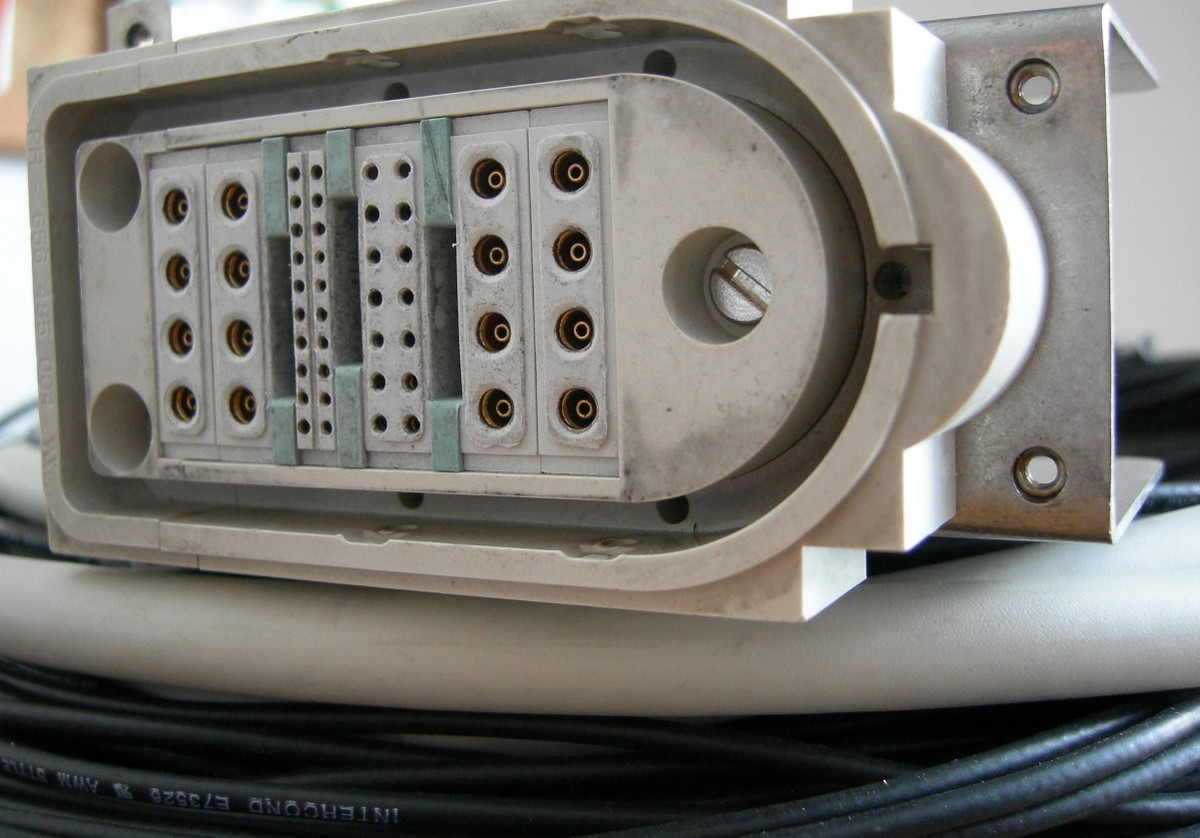
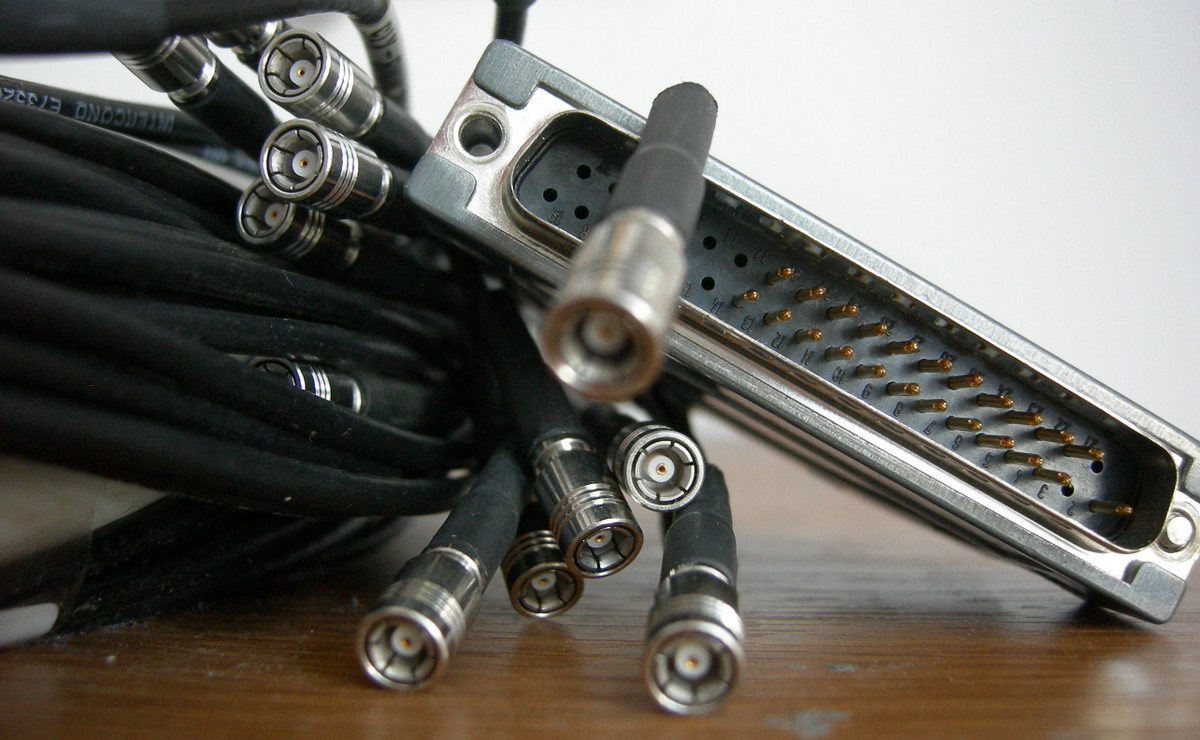
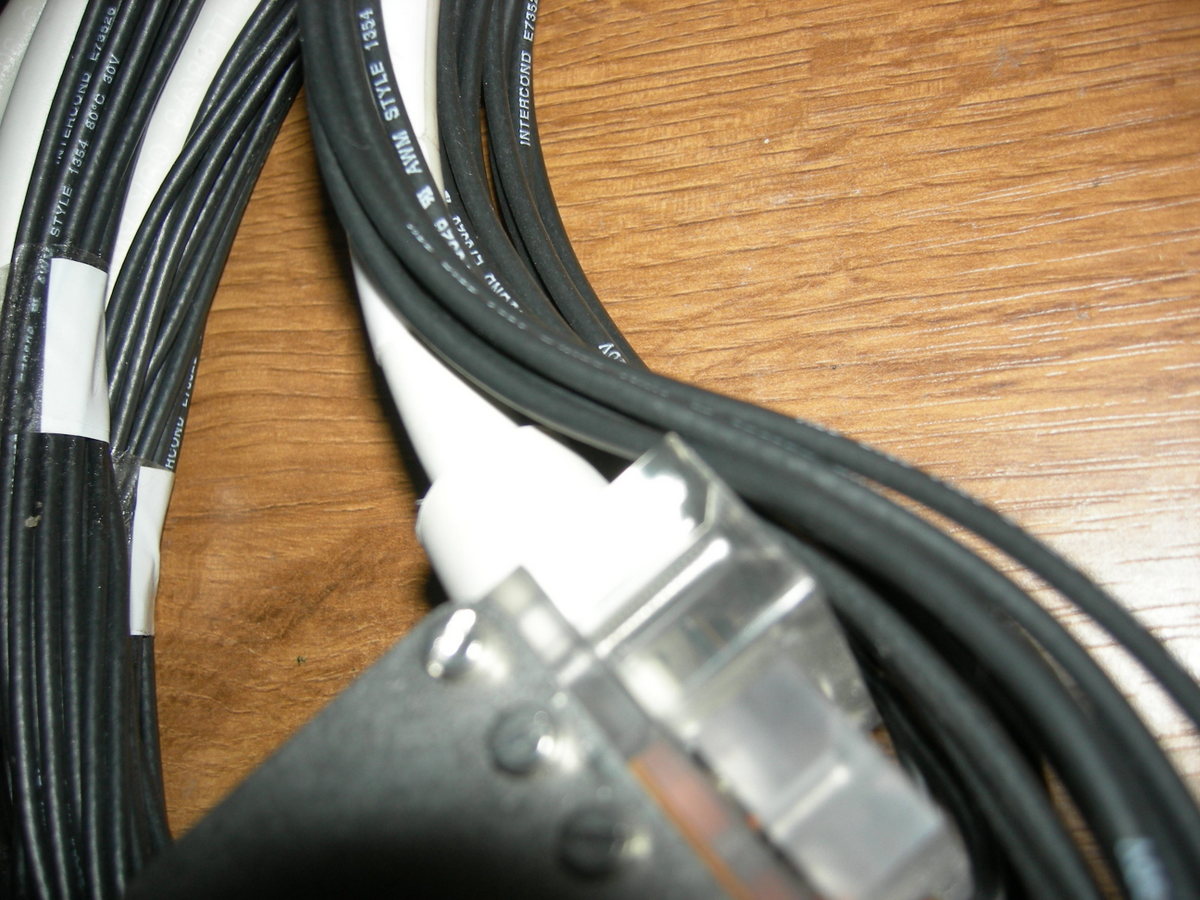
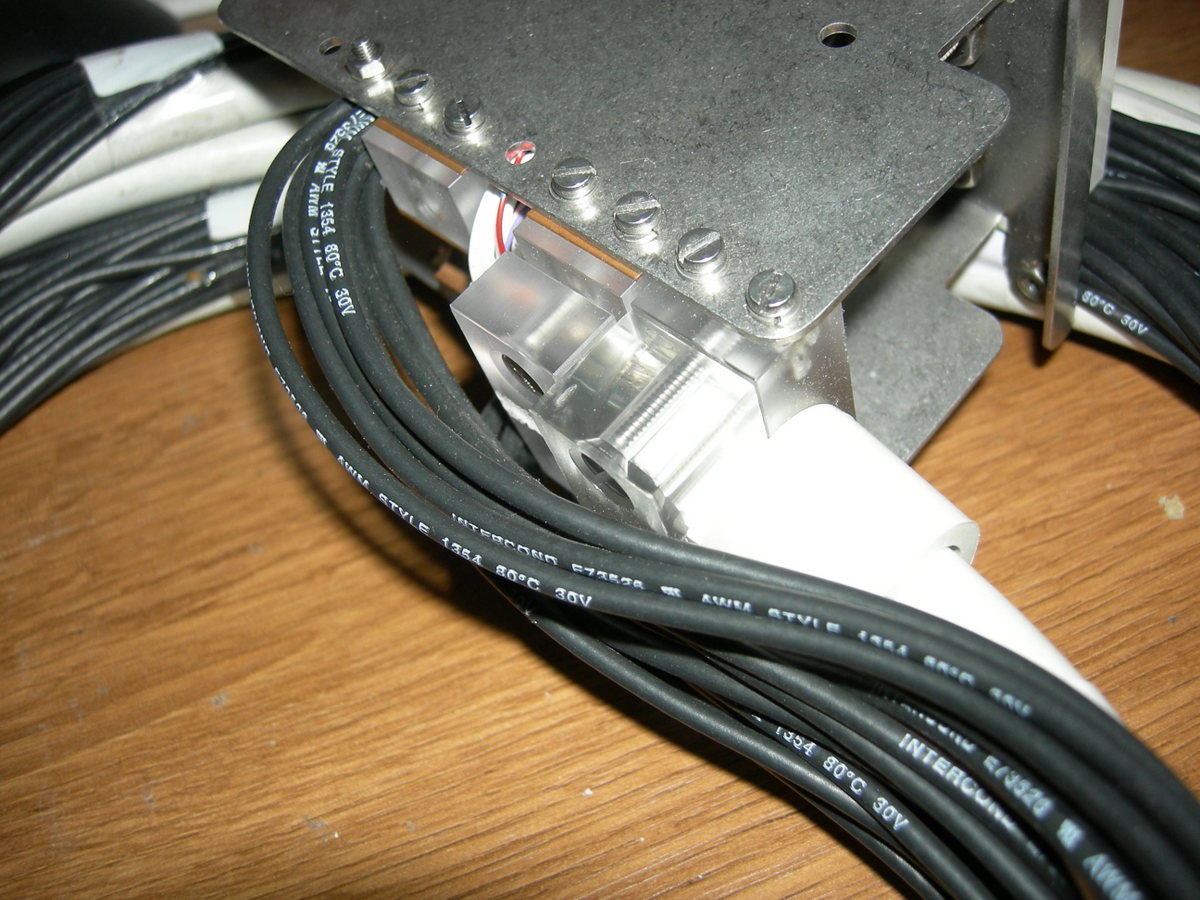
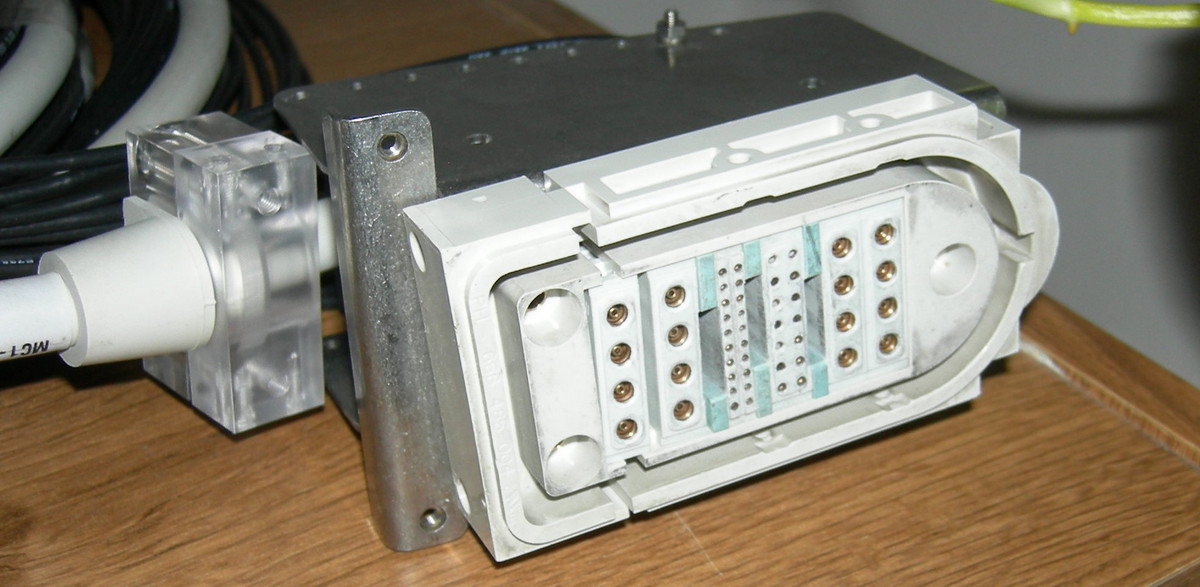
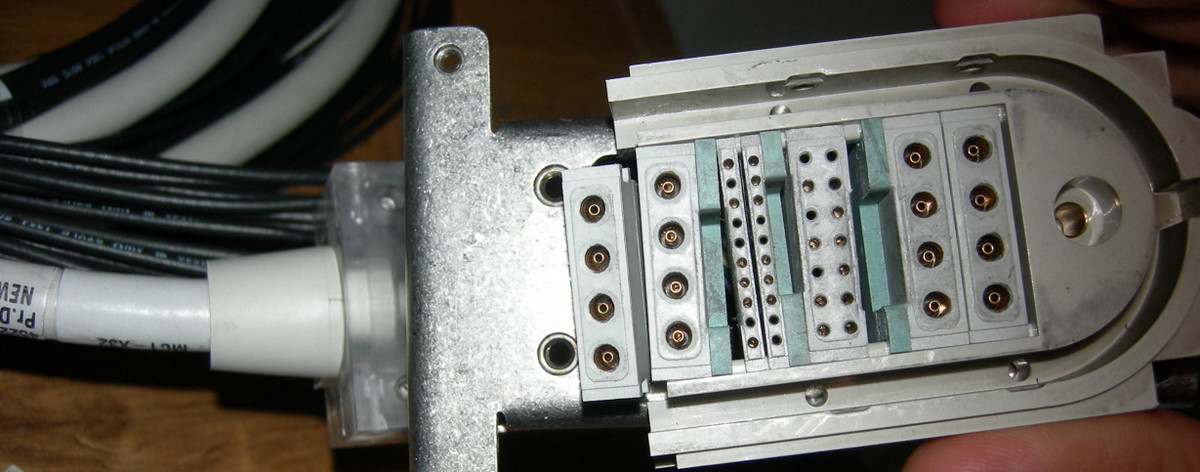
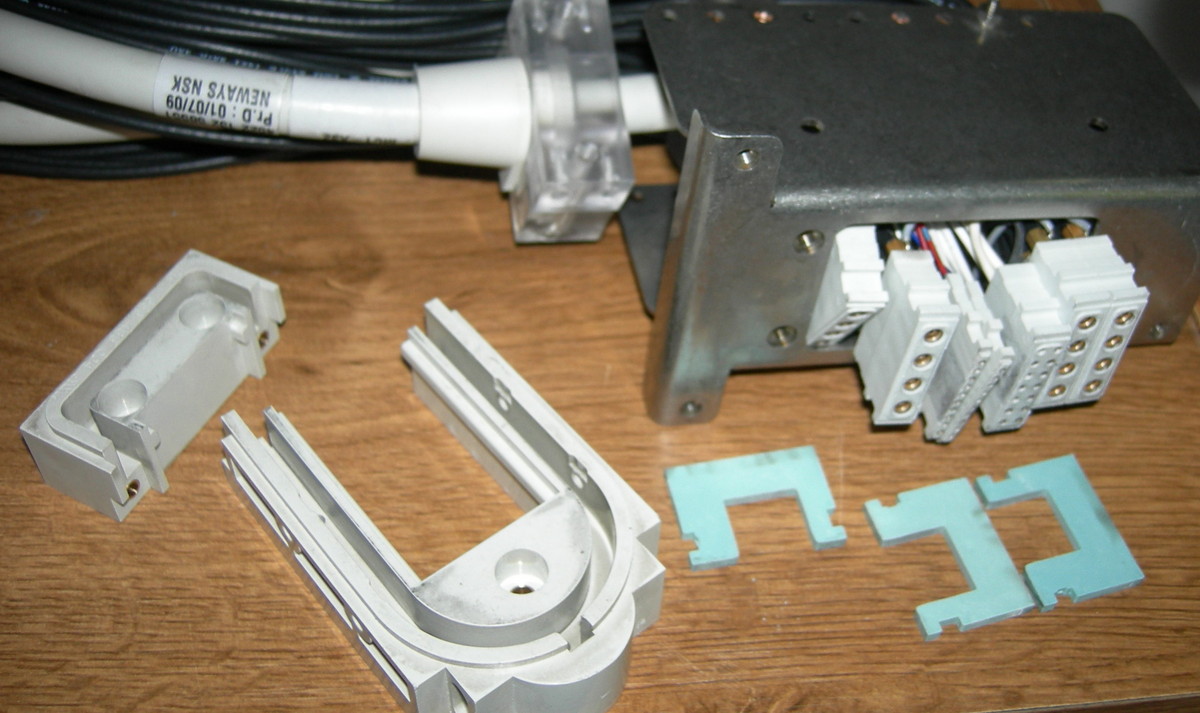
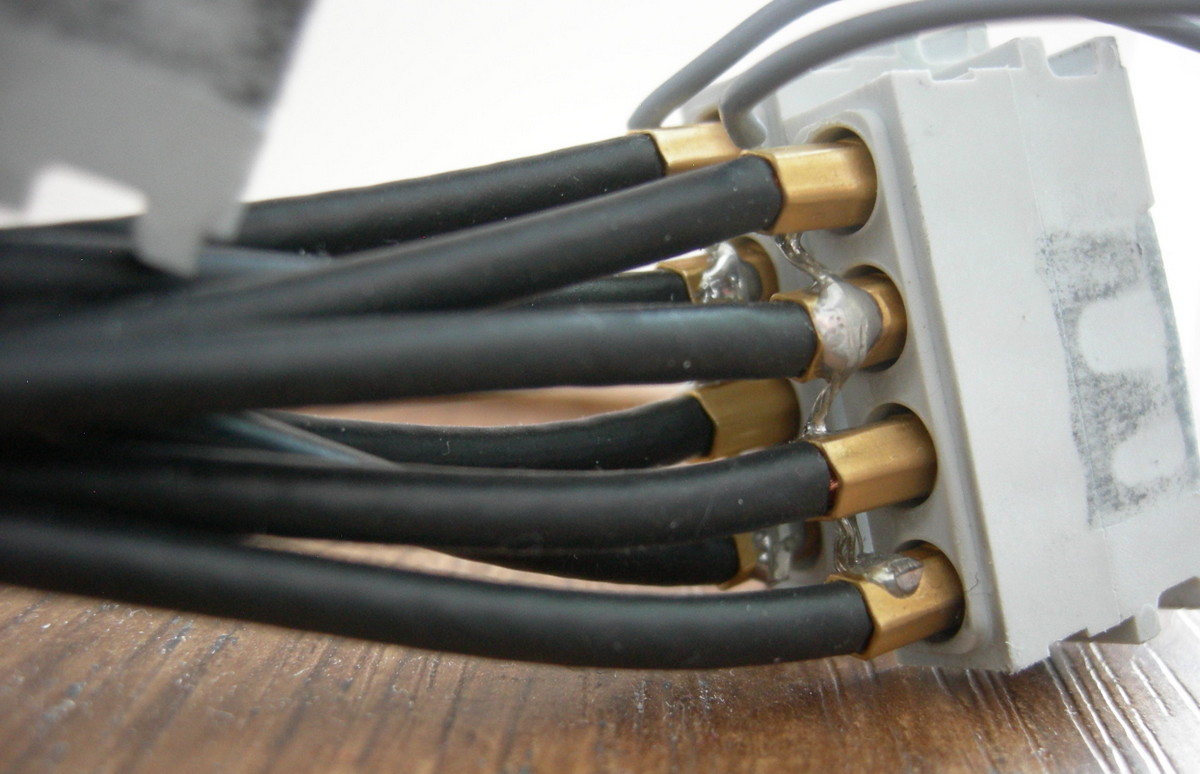
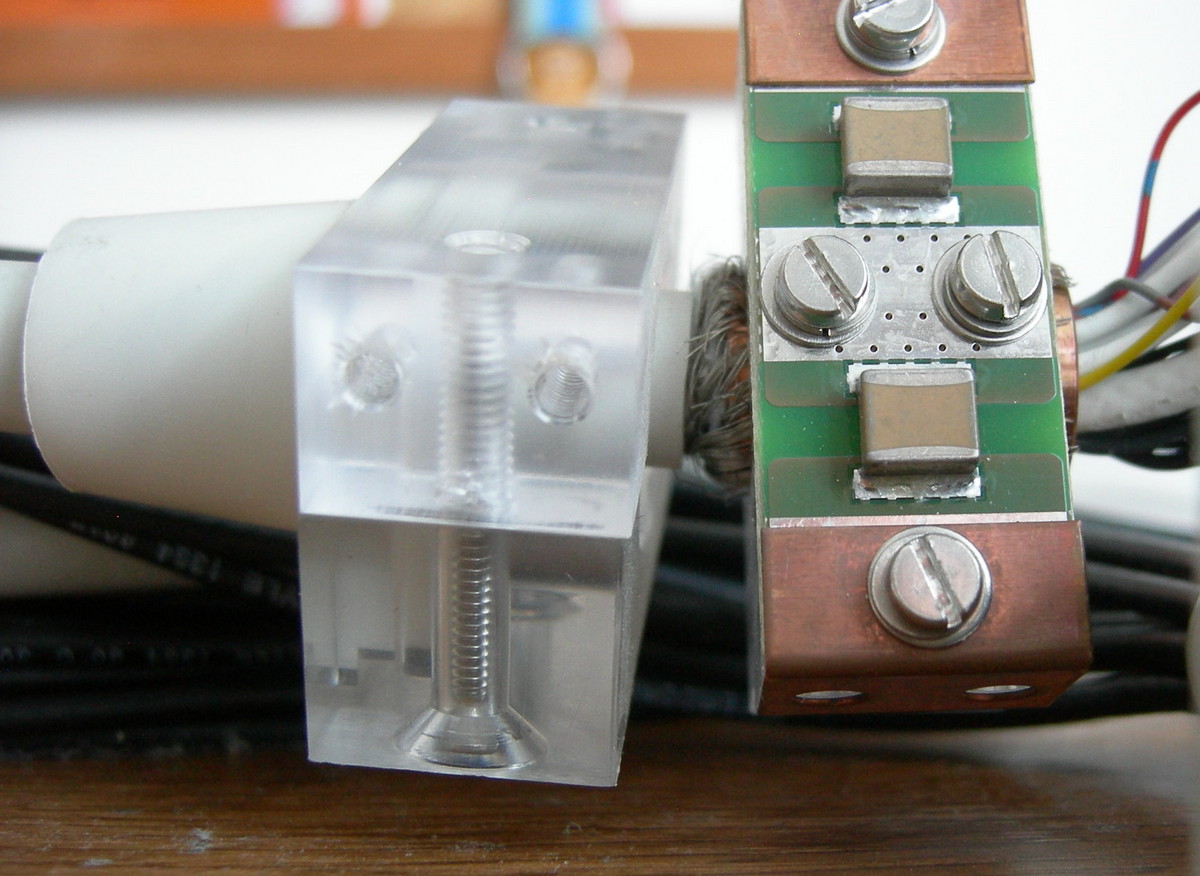
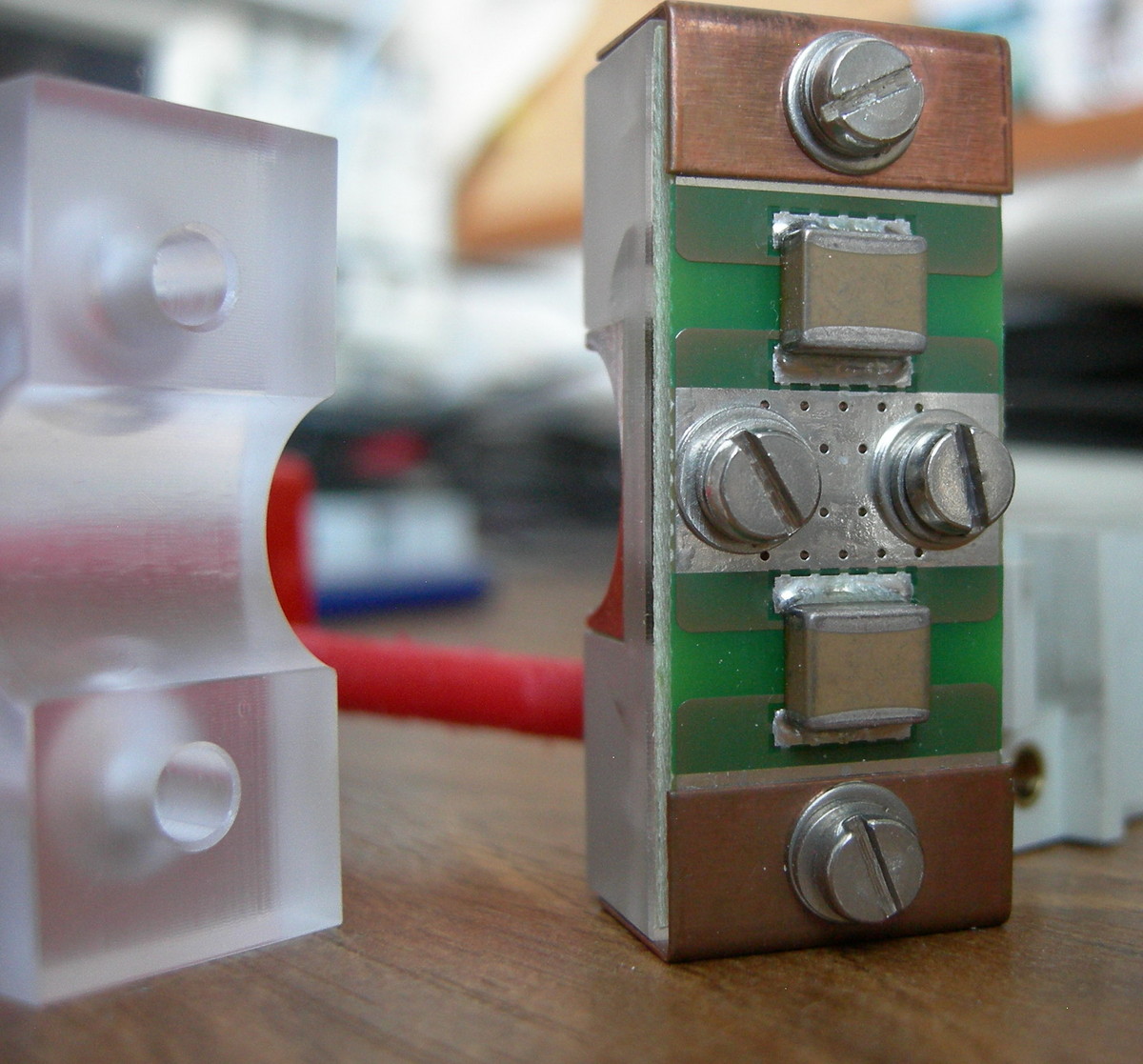
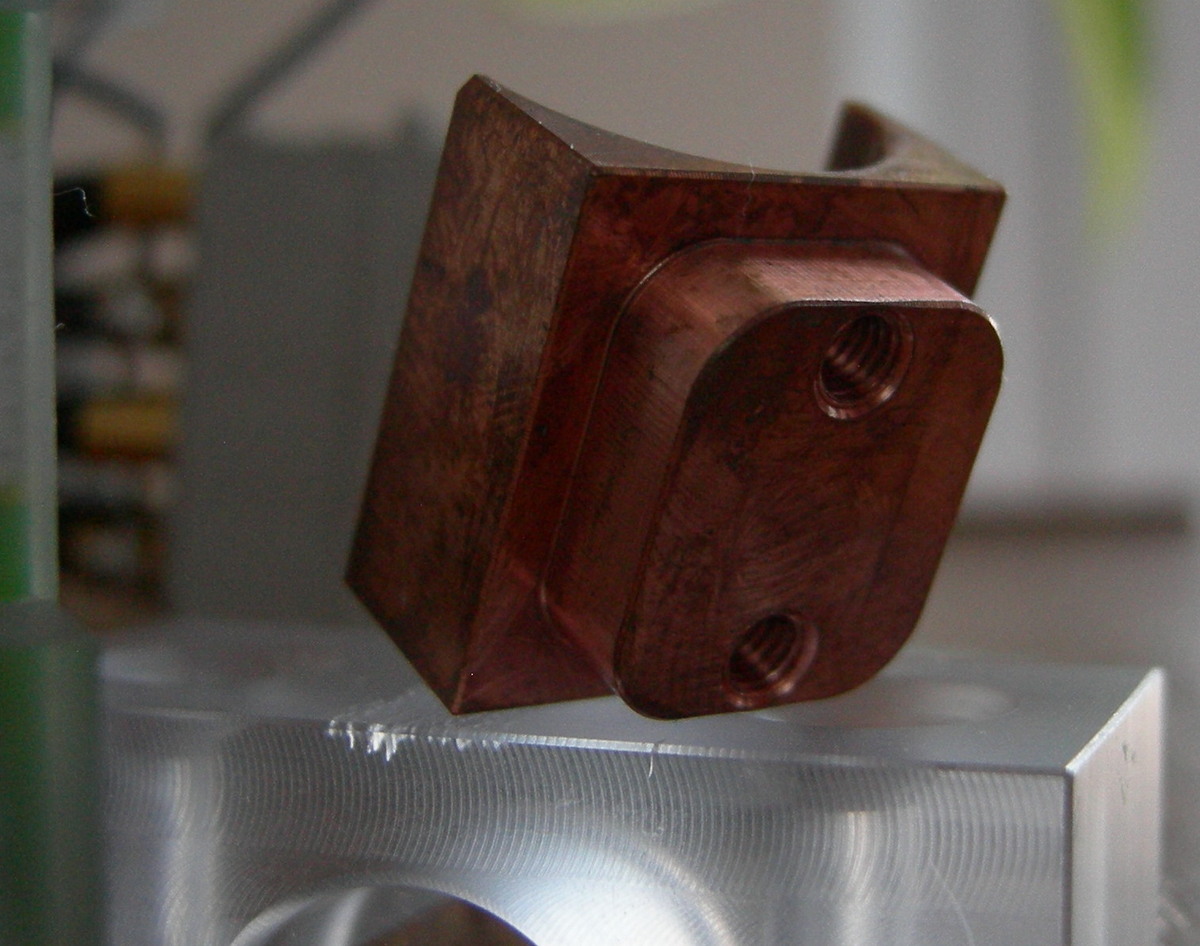
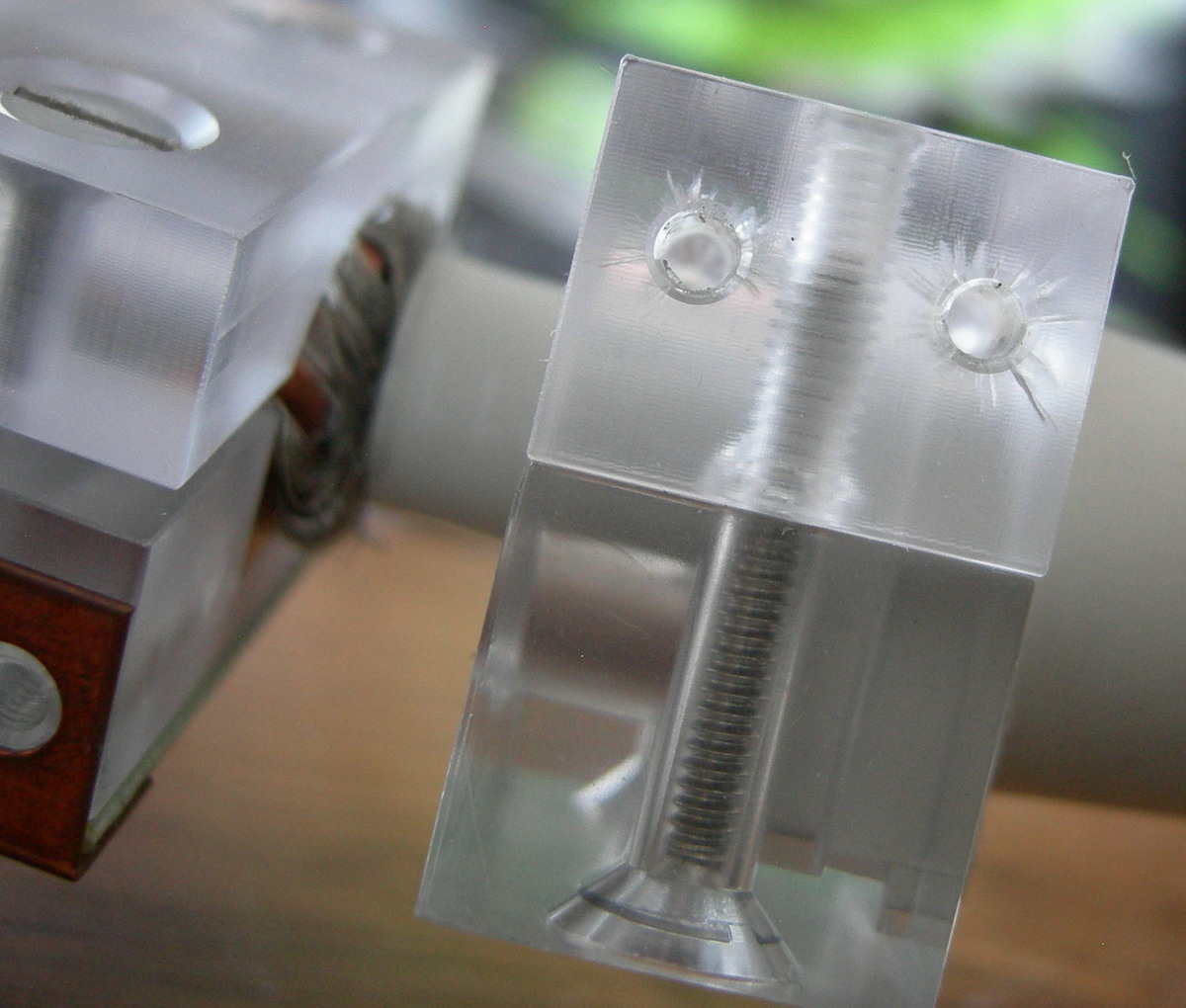
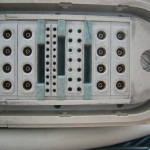
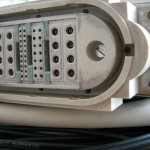
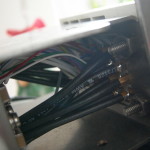
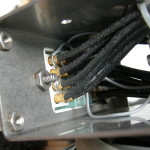
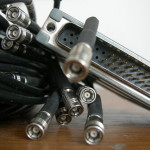

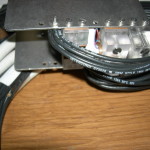
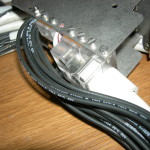


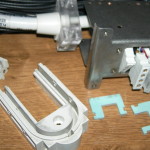
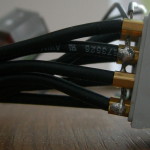
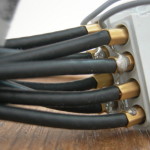
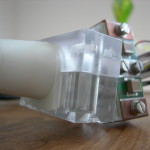
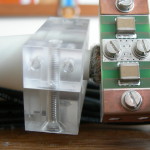
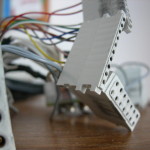
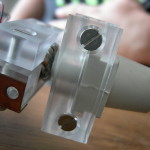
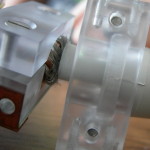
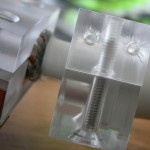
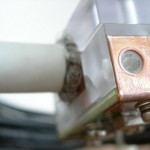
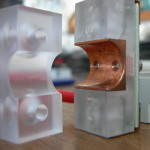
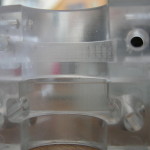

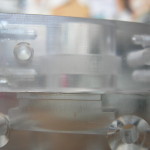
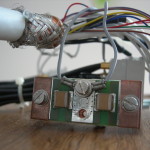
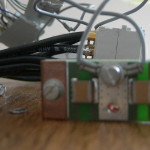
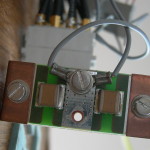
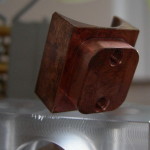
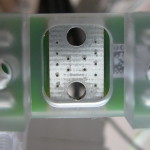
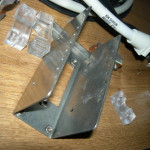

5 Responses to Medical cable teardown